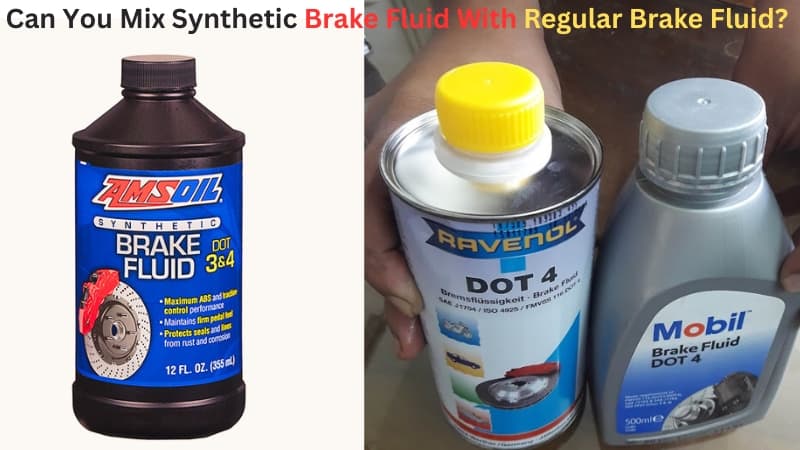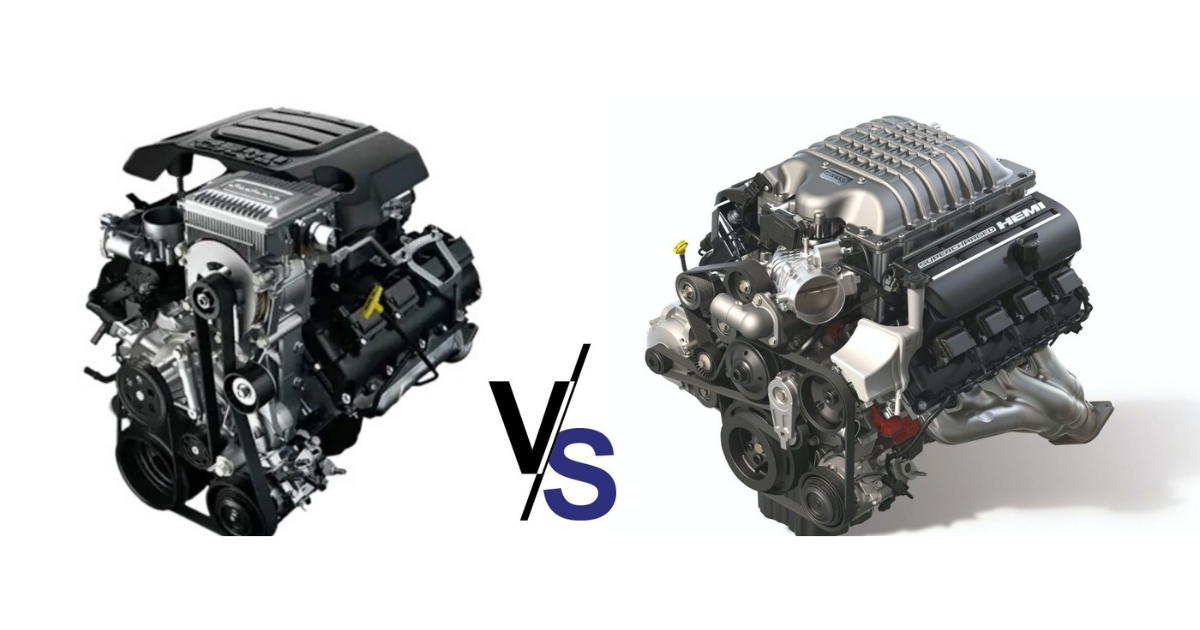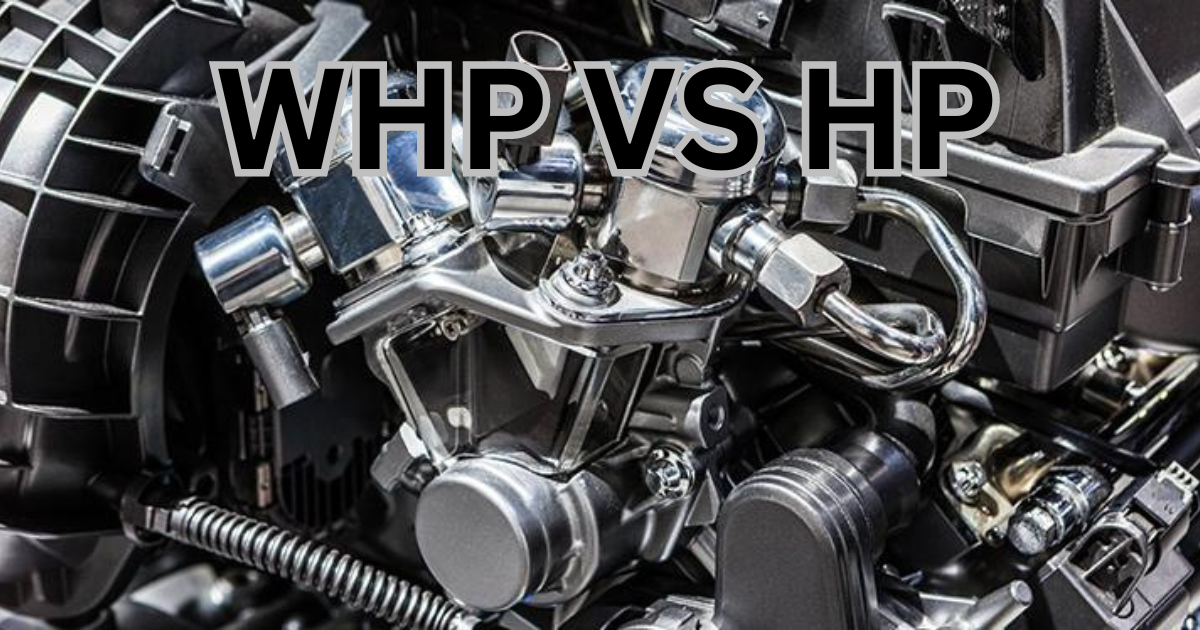Everyone knows that hydraulic braking systems can’t function without brake fluid. Make that the brakes are functioning properly. Whether you’re an adventurous or cautious driver, it makes no difference. Hydraulic braking systems require brake fluids for everyone.
What is Synthetic Brake Fluid?
The raw materials for both synthetic and conventional braking fluids are same. Polyethylene glycol is included in all of them. Synthetic brake fluids are superior to their traditional counterparts because their molecules are made more consistently by synthesizing the base stock.
To make the fluid work better, the makers usually add other molecules. Different additives are used by synthetic brake fluid makers when making their fluid. The enticing package has chemicals that give the fluid the qualities you want, such anti-foaming and anti-corrosion.
Formulated from a combination of di-, tri-, and base stock, synthetic brake fluid is made up of tetraethylene glycol monoalkyl ethers. Compounds in them inhibit corrosion and oxidation at high temperatures.
What is regular brake fluid?
For hydraulic braking systems, the most prevalent fluid type is regular brake fluid. They have lower boiling temperatures than the majority of synthetic braking fluids and are usually based on glycol ether. They are able to take in moisture from the air as well.
A DOT3, DOT4, or DOT5.1 rating is assigned to every conventional braking fluid. But you might find DOT5.1, DOT4, or DOT3 synthetic brake fluids.
What’s the Difference Between Regular Brake Fluid and Synthetic Brake Fluid?

We zero in on the chemicals utilized to make synthetic brake fluid and conventional brake fluid. The DOT rating is unrelated to this.
The ingredients used to make synthetic and conventional brake fluids are identical. Keep in mind that DOT 5 is not the only type of synthetic brake fluid. Synthetic or conventional braking fluid can be used for DOT3, DOT4, and DOT 5.1.
Synthetic DOT 5 brake fluids use silicone-based compounds as opposed to the mineral oils used in traditional braking fluids. Petroleum is the source from which mineral oils are refined.
Standard brake fluid has the ability to draw moisture from the environment. Because of this, their boiling point will drop as time goes on. However, unlike natural braking fluids, synthetic brake fluids do not absorb moisture. Because of this, the boiling point of synthetic fluids may be kept constant.
The refining process is another key distinction between conventional and synthetic brake fluids. More refinement makes synthetic brake fluids consistent and dependable.
You shouldn’t use DOT 5, a brake fluid made of silicone, on older cars. For this reason, modern synthetic brake fluids are made using the same mineral oils as conventional fluids, allowing for the use of these in older automobiles.
The additives utilized to create DOT 5.1, DOT 4, and DOT 3 synthetic brake fluid are the sole distinguishing factors between the three. Their fundamental component is identical. However, there is a significant difference between DOT 5 synthetic brake fluid and other DOT grades, whether they are ordinary or synthetic.
Can you mix synthetic brake fluid with regular brake fluid?
But if either synthetic or traditional brake fluid has a DOT 5 rating, you can’t mix the two. Since they are silicone-based, brake fluids with DOT 5 ratings cannot be mixed with those with lower ratings.





